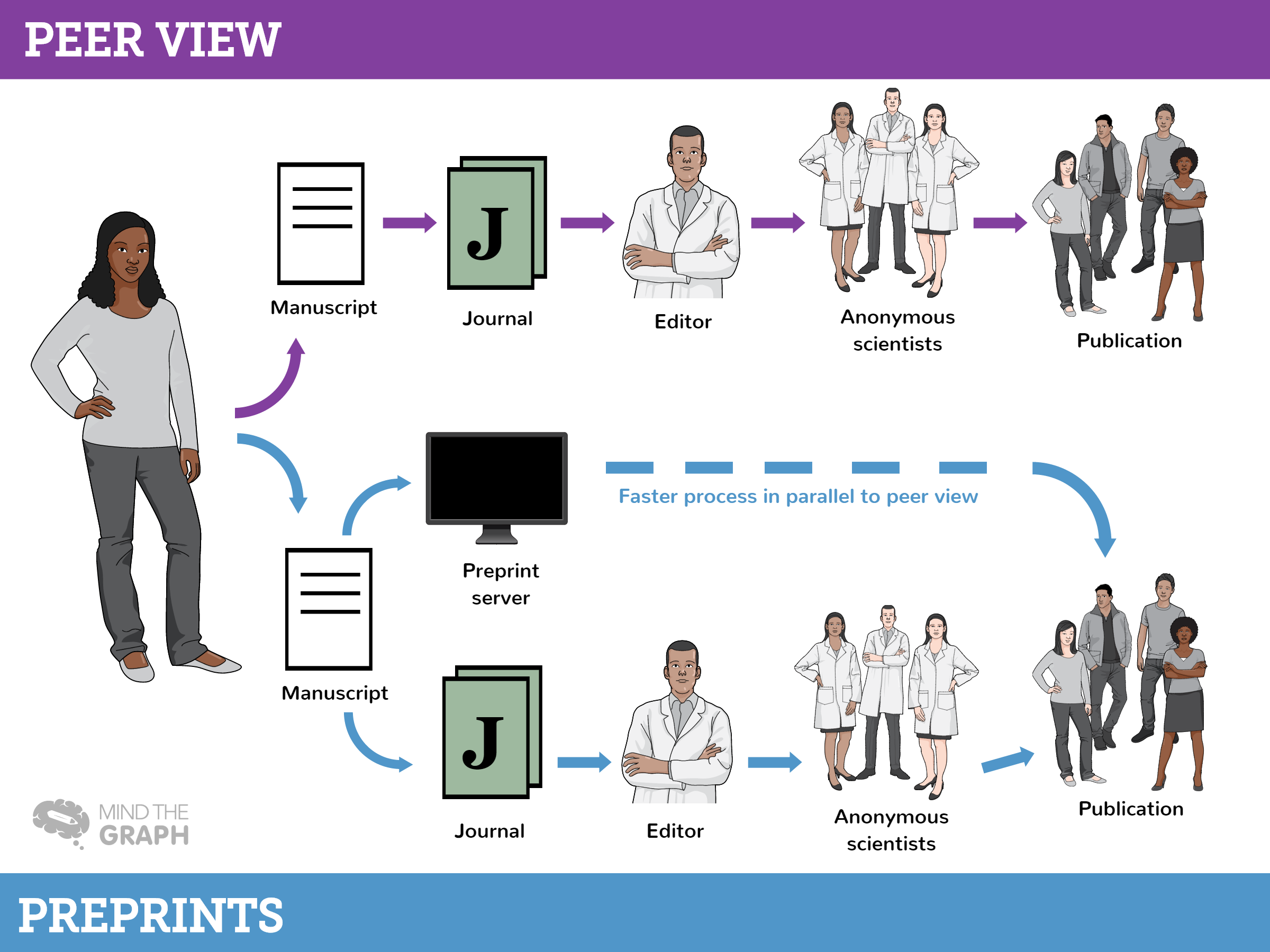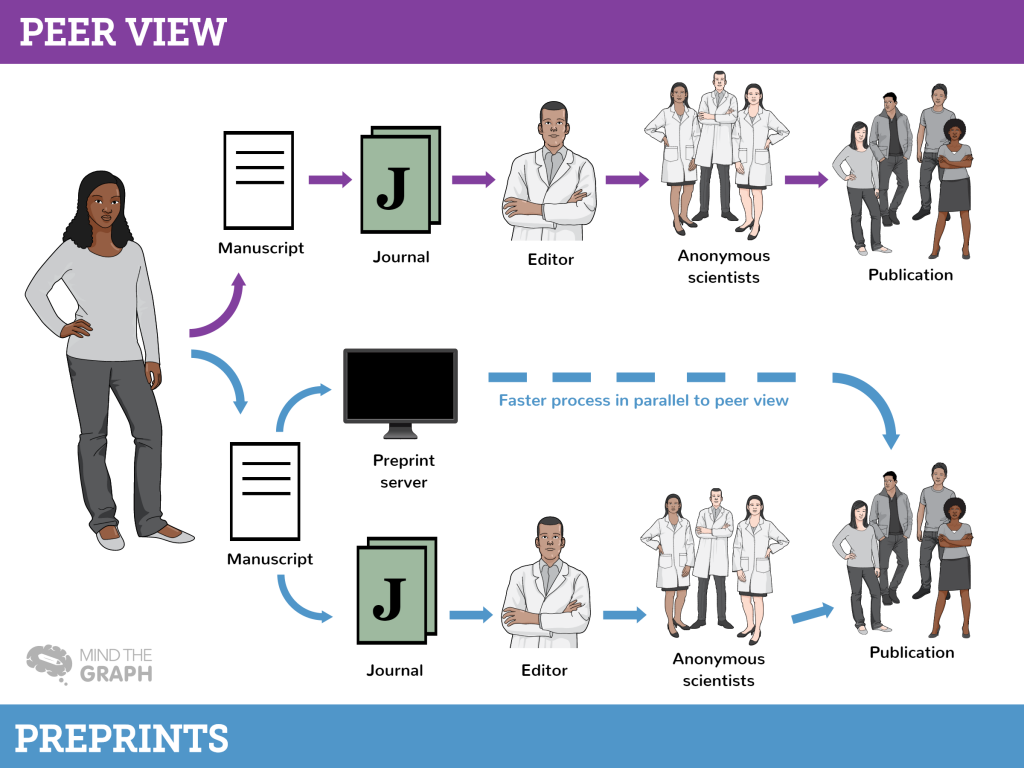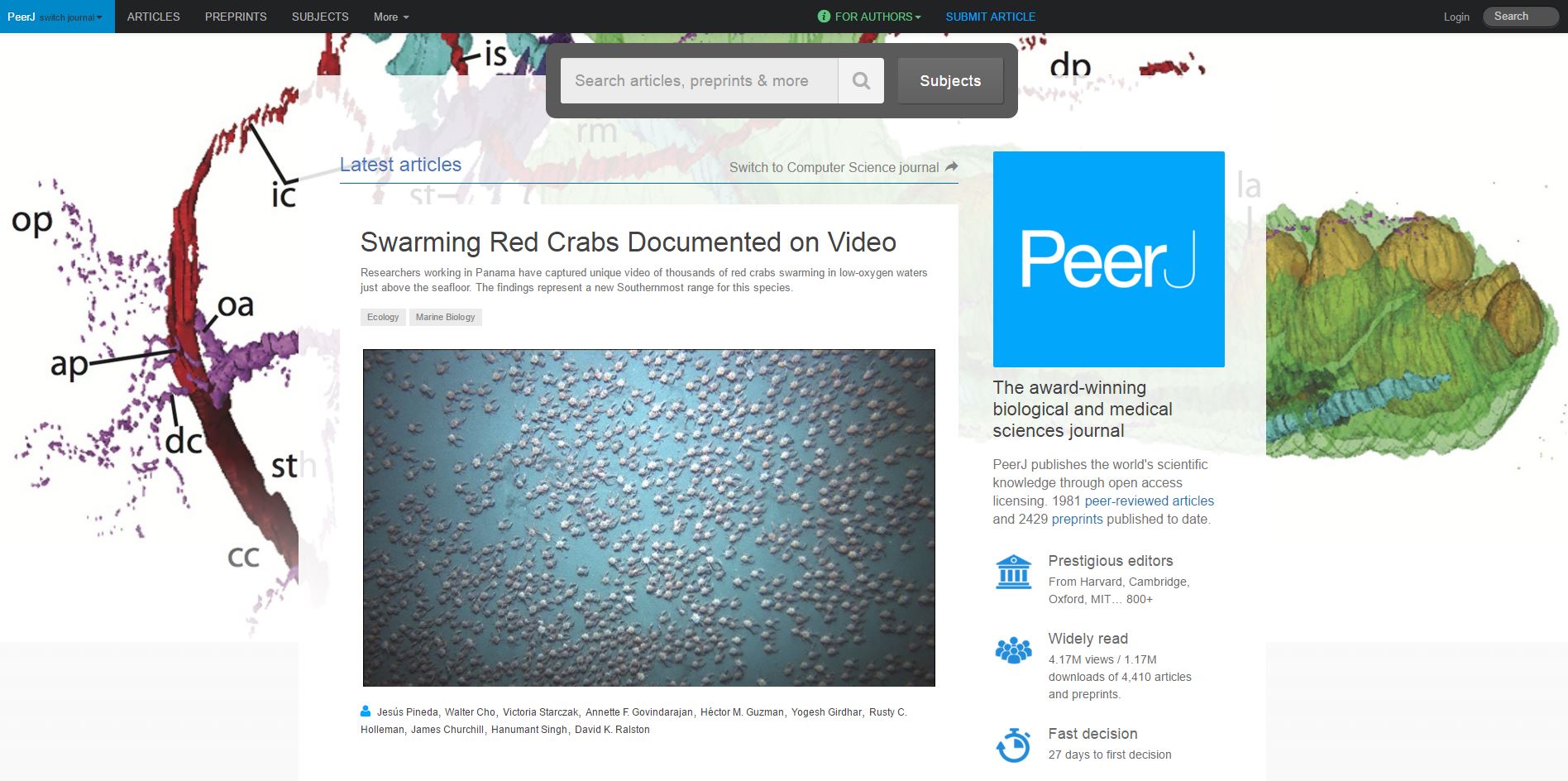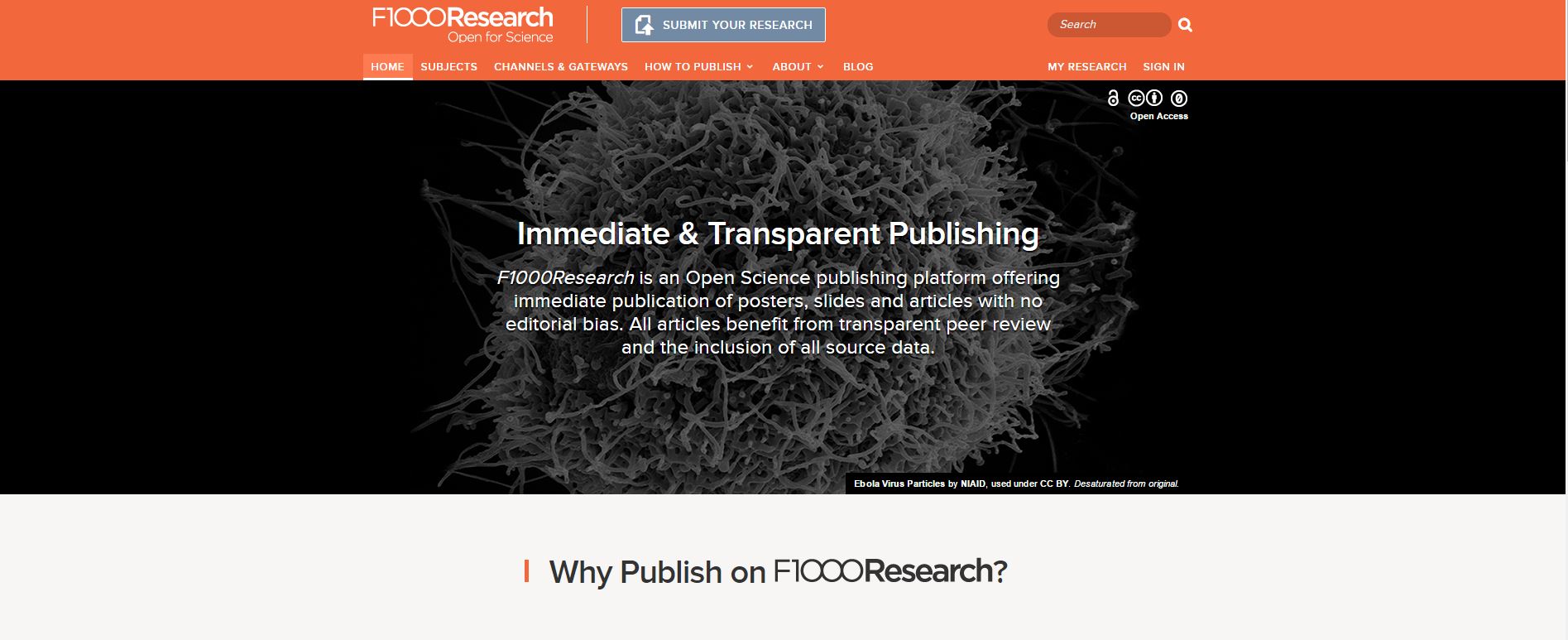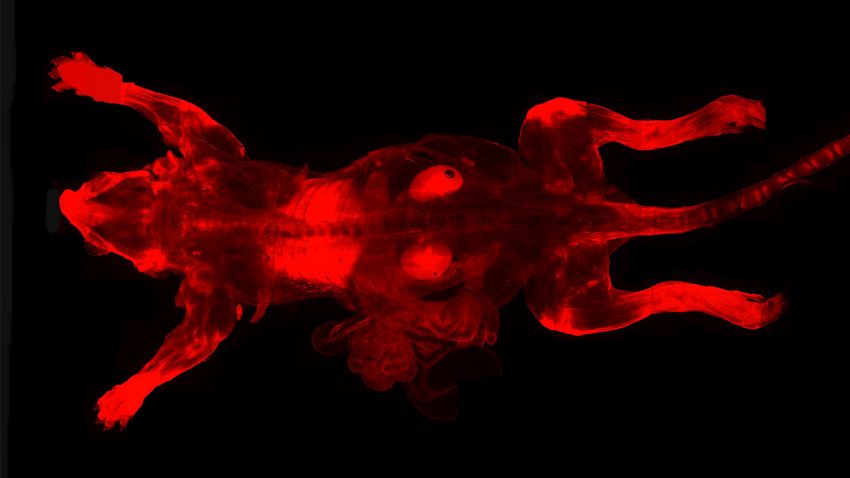Scientific publishing. Only a researcher can understand the mixed feeling of hearing these words.
At the beginning of our scientific life, getting a scientific paper published can be extremely stressful. From the idea of the project to attending the reviewers changes, publishing a scientific paper seems to be an impossible task. As time goes by, we assimilate the process and things start to feel more natural. However, the pressure of publishing in a good journal gets higher as well as the maturity and relevance of our work.
To get the amazing satisfaction of getting published, scientists must go through a long process of peer view. This process may drag for a long time and is part of the reason why publishing can be so stressful. Together with it, comes the uncertainty of the quality of our work and the improvement it may need. Often, we only find out major gaps in our research once it is already in the hands of influential reviewers. It is never too late to fix gaps, however realizing problems earlier can save us a lot of time. In the end of the day, it doesn’t matter for how long we have been publishing, we never get used to the peer view process.
In the end of the day, it doesn’t matter for how long we have been publishing, we never get used to the peer view process.
Apart from being a long process, authors not always receive enough and the best inputs they could. Thus, scientists started looking for alternative ways to fix this issue.
Physicists, mathematicians and social scientists succeed and implemented a new publishing routine: preprints.
Preprints are mostly an open reviewing process. Using websites focused on different working fields, authors are able to show their work in progress while getting inputs and feedbacks on how to improve it.
Many preprints platforms started to show up during the past few years. However some science fields have been showing a bit relutancy in joining the preprint method.
In life sciences, biologists seem to have a step or two behind when it comes to present your unfinished work to other scientists. This is an odd fact especially because many journals, such as Nature, encourage preprints as it catalyzes scientific publications.
As Mind the Graph is a catalyst for scientific publications itself, we highlighted here two of the trending preprint platforms for science:
PeerJ
F1000 Research
Science is all about exchanging information and building something together. What is your contribution for the scientific world?

Subscribe to our newsletter
Exclusive high quality content about effective visual
communication in science.

